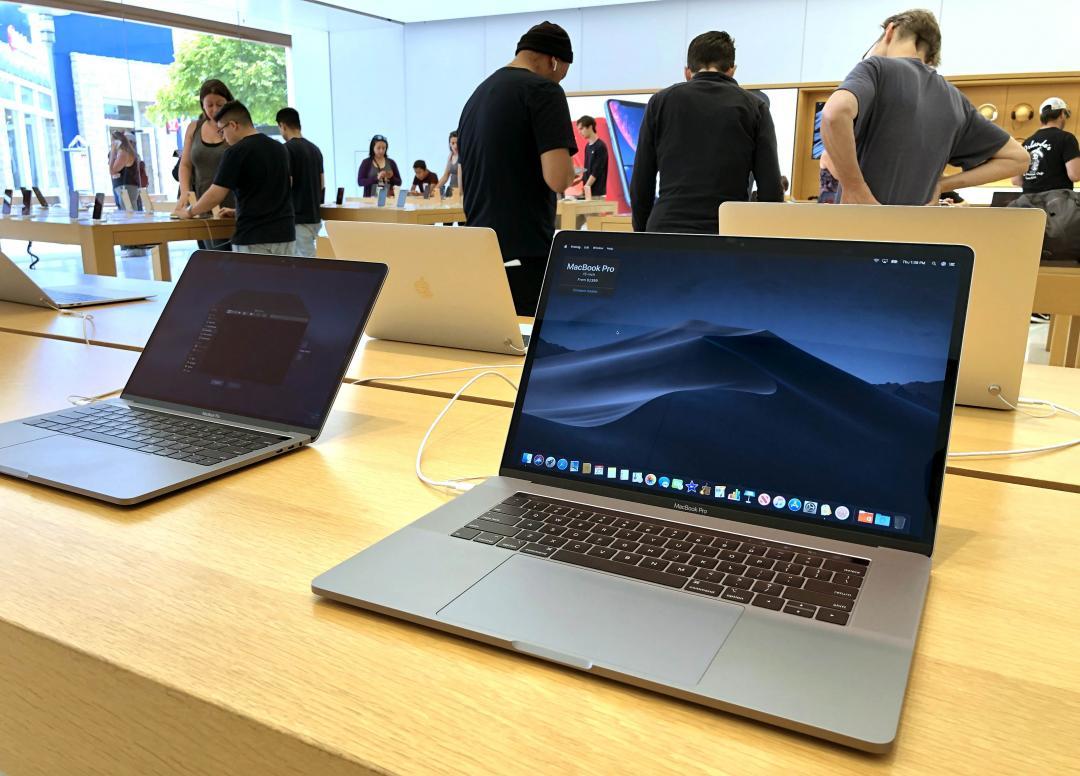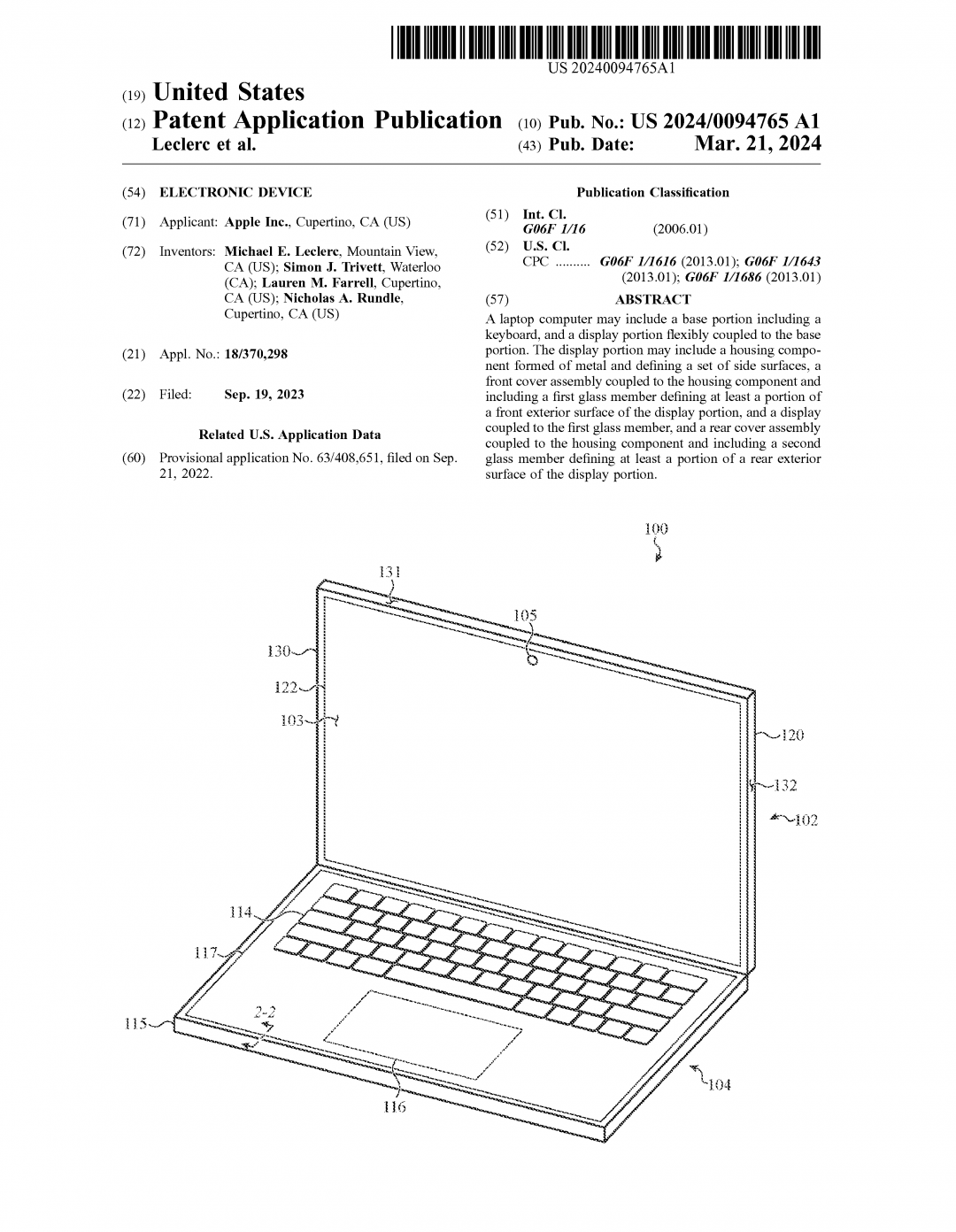全台收購
Trump’s laptop travel restriction is a confusing mess
Trump’s laptop travel restriction is a confusing mess
/
Confusion, explained
Share this story
Last night, the Department of Homeland Security (DHS) announced a decision to ban carry-on laptops and tablets on direct flights from eight Muslim-majority countries: Egypt, Jordan, Qatar, Kuwait, Morocco, United Arab Emirates, Saudi Arabia, and Turkey. Passengers traveling to the US from 10 airports in these countries will be barred from bringing laptops, tablets, or any devices “larger than a cellphone” as carry-on items; they will instead have to take them in checked luggage. It was reported on Tuesday that the UK is implementing a similar electronics ban on flights from some Middle Eastern countries.
The US government’s decision to ban carry-on electronics has sparked criticism, confusion, and a series of pressing questions.
What’s the motivation behind the device ban?
The DHS has described the order as a national security measure, saying that “evaluated intelligence” shows that terrorists are intent on “smuggling explosive devices in various consumer items.” The UK announced their own laptop ban this morning, with security sources telling The Telegraph that they “have seen the same intelligence as their US counterparts.” But Sky News noted that the decision was made in response to “the general threat of terrorism.”
So far, the DHS has not indicated that the ban was issued in response to an imminent threat. But Ozzie Nelson, an analyst at the Center for Strategic and International Studies, says the narrow scope of the order suggests that the government is reacting to precise intelligence.
“Anytime you get something, this specific of a remedy, that means they have pretty good intelligence regarding it,” says Nelson, a former National Security Council official. Nelson acknowledges that terrorists will likely continue to seek new ways to bring explosives on planes, though he says keeping larger devices out of their hands during flights could mitigate the risk of bigger explosions.
“Anytime you get something, this specific of a remedy, that means they have pretty good intelligence regarding it.”
Is checking a laptop really safer than having it in the cabin?
Philip Baum, a UK-based aviation security analyst and editor of Aviation Security International, says that it may be harder to activate laptop bombs if they’re in the carriage of a plane, but he says gate screening is more effective than cargo screening.
“We are much more effective at screening cabin baggage than we are hold baggage, because you’re dealing with smaller quantities and you’ve got the person in front of you,” Baum says. But, he adds, the new measure will do nothing to address “insider threats” at airports, such as the aviation worker who helped carry out the bombing of a Somali airplane last year.
In a series of tweets posted Tuesday morning, Thomas Joscelyn, senior fellow at the Foundation for Defense of Democracies, noted that “Al Qaeda has been experimenting with sophisticated explosives that can be brought on planes, avoiding X-Ray detection, for some time.” Joscelyn described the failed attack on the Somali jet as “part of an [Al Qaeda] effort across its regional branches” to experiment with “sophisticated explosives.”
Nelson, of the Center for Strategic and International Studies, says that “building a portable bomb and getting it to explode at the right time with the right force and impact is actually a difficult thing to do,” adding: “The best way to control an explosion is to actually have your hands on your device to be able to detonate it.”
Why are phones exempt from the ban?
Banned devices include cameras, tablets, e-readers, portable DVD players, game units, travel printers, and scanners. Smartphones are still allowed, though there is some confusion around the government’s definition of a smartphone. An FAQ posted on the DHS website today does not specify the maximum size of smartphones that will be allowed on planes, stating only: “Smartphones are commonly available around the world and their size is well understood by most passengers who fly internationally. Please check with your airline if you are not sure whether your smartphone is impacted.” In other words, you know it when you see it.
Nelson says he doesn’t know the specifics of the technology that the government is currently concerned about, but that the decision to exempt smartphones could have been a question of size: “You need mass to have a larger explosion.”
Are there economic motivations to the device ban?
Writing in The Washington Post, Henry Farrell and Abraham Newman, professors at George Washington University, suggest that the ban may have more to do with economic protectionism than national security.
“Three of the airlines that have been targeted for these measures — Emirates, Etihad Airways and Qatar Airways — have long been accused by their US competitors of receiving massive effective subsidies from their governments,” they write. “These airlines have been quietly worried for months that President Trump was going to retaliate. This may be the retaliation.” Banning in-flight electronics, they add, could push valuable business class customers to US airlines.
“These airlines have been quietly worried for months that President Trump was going to retaliate. This may be the retaliation.”
Okay, but what about connecting flights?
Officials have said that the electronics ban only applies to direct flights to the US from select airports, meaning terrorists could circumvent the restriction through connecting flights, Baum says. According to Nelson, travelers with connecting flights through Europe are typically re-screened before flying to the US, and American officials may have more confidence in screening technology and information sharing there than in the countries targeted by the order.
It is, however, a strange distinction. As The New York Times notes, US-bound passengers flying through the Abu Dhabi airport are already screened by US customs officials; it is one of 15 airports under the DHS’s preclearance program, which stations more than 600 customs officials at airports across the world.
There’s also still some confusion about carry-on restrictions for so-called “second freedom” and “fifth-freedom” flights, which can stop in third countries to refuel, let off, and pick up new passengers. CNN’s Jon Ostrower pointed out:
Emirates: DXB passengers flying to ATH-EWR & MXP-JFK must check their electronics. Still unclear for pickup Europe-US pax. (via @Zahraa1)
— Jon Ostrower (@jonostrower) March 21, 2017
Is this an extension of Trump’s executive order ban from Muslim-majority countries?
The order doesn’t impact any of the countries affected by Trump’s travel ban executive order. That said, civil liberties activists have raised concerns over racial profiling. “The administration hasn’t provided a security rationale that makes sense for this measure targeting travelers from Muslim-majority countries,” Hina Shamsi, national security project director at the ACLU, said in an email. “Given the administration’s already poor track record, this measure sends another signal of discriminatory targeting.”
And other organizations are concerned by how the directive could impact personal data. In a statement to The Verge, Electronic Frontier Foundation International Director Danny O’Brien said that, “While we are still reviewing reports about the ban on carry-on electronics, the rule is troubling on several fronts. Devices are vulnerable to being stolen or damaged, which is why people don’t check them. They may also be searched without travelers’ knowledge. The government should be more transparent about the need for the new rule, which affects the privacy of our data.”
Whether or not the device ban can be considered an extension of Trump’s previous orders, its impact follows the same line of reasoning: make it more difficult and inconvenient for those in the Middle East to travel to the United States. As one former administration official told BuzzFeed News, “It appears to be a Muslim ban by a thousand cuts.”
Update: This piece has been updated with a comment from the Electronic Frontier Foundation.
 (圖/彭博社)
(圖/彭博社)
蘋果旗下的MacBook
全台收購筆電系列,一直以來都沒有推出具備觸控螢幕的機款。然而,據美國商標和專利局(USPTO)近日公開的清單顯示,蘋果已於日前取得獲得一項觸控螢幕顯示器的新專利技術,將可用於未來新款的 MacBook
全台收購筆電裝置上。
據外媒Patently Apple 報導指出,該專利文件除了提到
全台收購筆電機殼外部與後蓋採用觸控玻璃基板相關電子零件的結構之外,還提到藉由顯示器與整合(on-cell)觸控感應系統的搭配下,可提供具備觸控感測功能。除可搭配傳統鍵盤之外,並可支援虛擬觸控鍵盤的操控。
該項專利技術文件共有62頁,出自蘋果資深產品設計高級工程師Michael Leclerc 等人所研發,於去年9月提交,在今年3月21日取得美國商標和專利局的批准。
 蘋果取得觸控螢幕新專利是與MacBook
蘋果取得觸控螢幕新專利是與MacBook
全台收購筆電有關。(圖翻攝美國商標和專利局USPTO)
雖然專利技術取得不見得很快就會具體地商業化。然而,有鑑於過往十多年來,蘋果對於在Mac電腦支援觸控功能始終抱持著反對的態度。庫克曾在2012年批評微軟把觸控平板與
全台收購筆電結合為一體,等同是做出既是烤麵包機也是冰箱的「四不像」產品。
隨著蘋果取得新型觸控螢幕顯示技術的專利文件曝光,外媒依此推估認為,蘋果很有可能是為了因應未來市場考量,有意把觸控螢幕功能率先導入在自家的MacBook Pro
全台收購筆電系列上,正進行相關技術的開發。
附帶一提的是,《彭博社》今年初曾爆料稱,蘋果有意計畫替 MacBook 引入觸控螢幕,預計在 2025 年就會登場,還會轉而改用 OLED 材質取代現有的 LCD,屆時用戶或許將能更方便與動態島互動。
全台收購
全台收購
:format(webp)/cdn2.vox-cdn.com/uploads/chorus_asset/file/8195841/450358587.jpg)